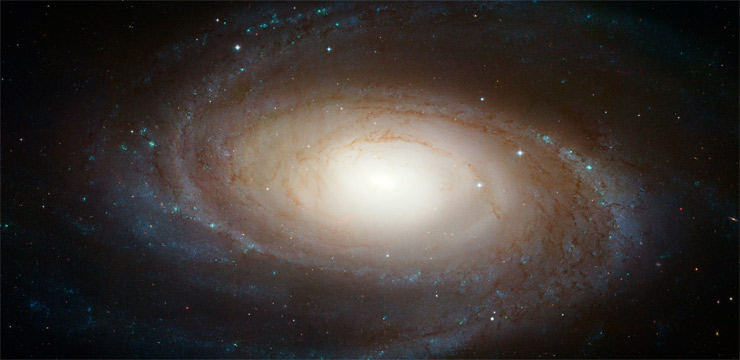April 2009
Extrasolar Planets and the Search for Habitable Worlds
Sara SeagerProfessor Seager’s research focuses on theoretical models of atmospheres and interiors of all kinds of exoplanets. Her research has introduced many new ideas to the field of exoplanet characterization, including work that led to the first detection of an exoplanet atmosphere. She was part of a team that co-discovered the first detection of light emitted from an exoplanet and the first spectrum of an exoplanet. Sara Seager,http://seagerexoplanets.mit.edu/ arXiv.org: Sara Seager,http://arxiv.org/find/astro-ph/1/au:+Seager_S/0/1/0/all/0/1

A Better Galaxy Guide: Early Spring
: By Craig CortisSaturn's Moons
: By Glenn ChapleSaturn's Disappearing Rings
: By Dave Huestis
10
Phases of Venus

33



